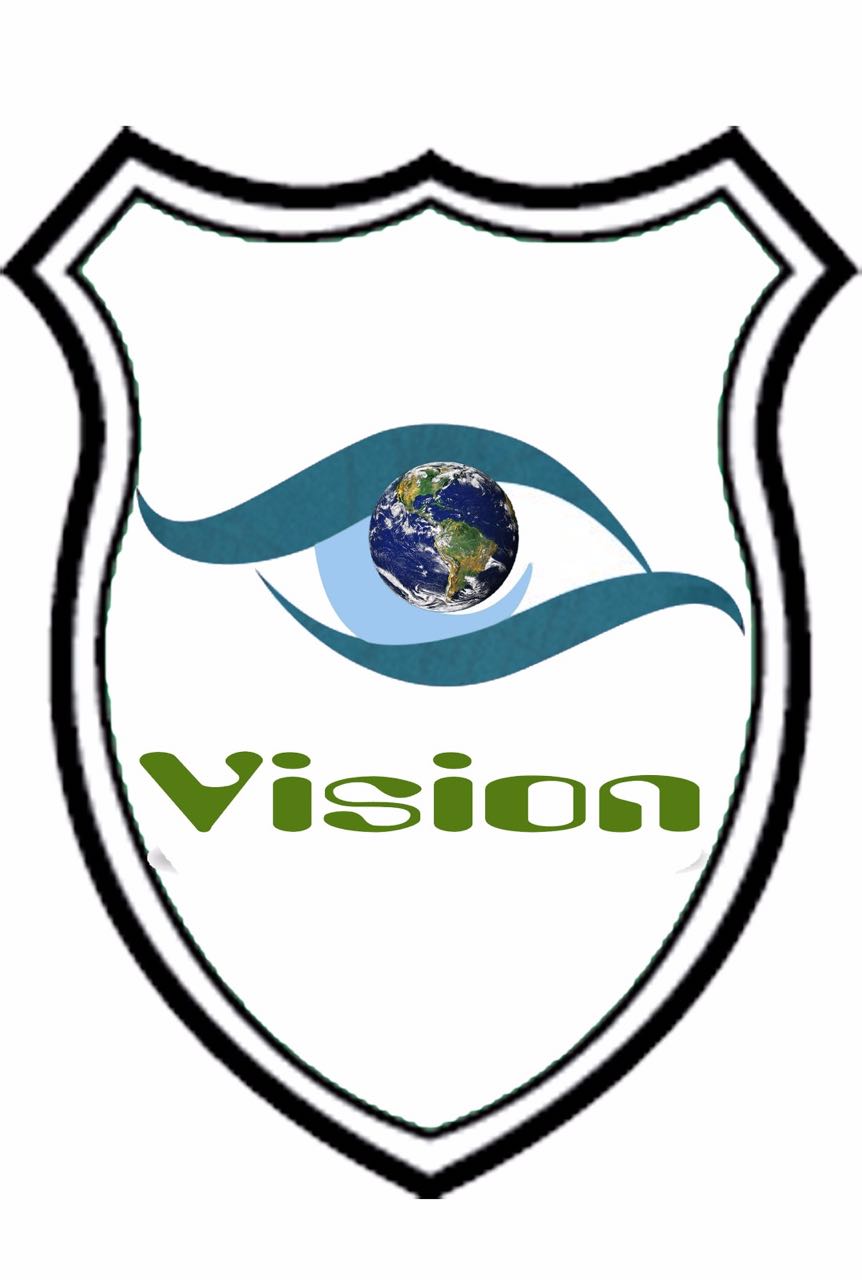 | Anatomy is a practical subject, best learned by gaining hands-on experience of the body. Students should spend as much time as they can examining cadaveric dissections. Histology has never been such and important part of the medical curriculum as it is today. The teaching of physiology and biochemistry increasingly revolves around the new discipline of cell biology and so a knowledge of cellular histology and ultrastructure is of paramount importance. An understanding of the causes, mechanisms and effects of disease is increasingly dependent on a knowledge of histology, ultrastructure and cell biology. |
 | 1- Teaching anatomy and histology in a way that correlate between these subjects and other medical basic sciences and forming and introduction to these sciences.
2- The application of the anatomical knowledge throughout the medical teaching to bridge the gray zone between preclinical anatomy and clinical anatomy.
3- To avoid unnecessary details in anatomy and histology which used to be taught in old syllebuse.
4- To make the optimum use of time allocated for teaching anatomy by using prosections, videos, X – rays pictures, CT scans, MRI , Models from clinical skills lab, and anatomy museum specimens .
5- To train the trainee in clinical problem solving by using anatomical knowledge. This approach not only convinces the trainees that preclinical anatomy is an integral part of bedside medicine but also expand their thinking capacity.
|